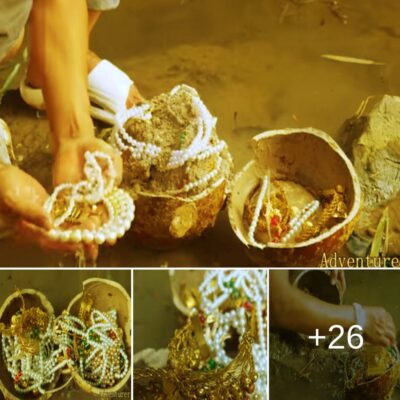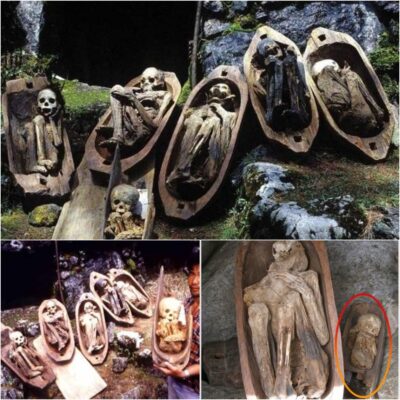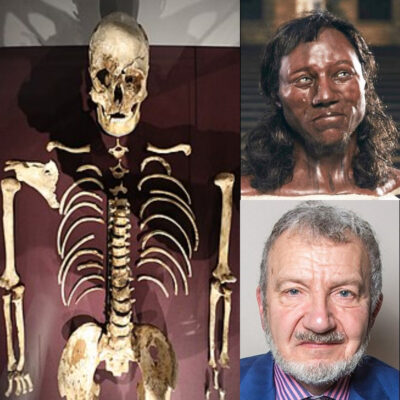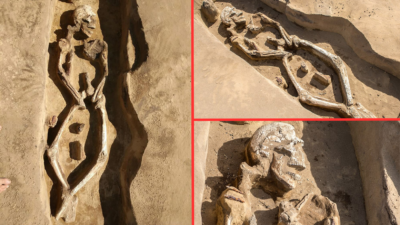The intention of this content is to expand awareness about certain places, myths and stories told at some point by humanity. Much of the information may not be scientifically supported or may contradict current theories. Knowledge, throughout history, is constantly updated, constructed or replaced when there is greater understanding. Therefore, we want to build a serious approach, within free thought, and in its use in a beneficial way for collective evolution. If you like this content, please consider to follow us on Instagram and Youtube for more.

ELONGATED SKULLS?
Even with a presence all over the globe, strangely shaped skulls, more elongated than normal and with anatomical peculiarities are extremely common in tombs, necropolises and excavations in Peru. What do they symbolize? Why were they like this? Anyone unaware of this can give free rein to the imagination and think of aliens, monstrous creatures or superhumans.
There is a high concentration of these skulls in the Paracas culture. Discovered in 1928 by Peruvian archaeologist Julio Trello, more than 400 mummies were found in the so-called Wari Kayan necropolis, located in the Ica region of southwestern Peru.

My picture. Pre-Columbian Art Museum
What is known today by science is quite interesting, but we also know that there are issues in relation to what is told by oral tradition, in myths and stories. So, let’s investigate a little and put here some of the perceptions of our explorations.
DO SKULLS EXIST ONLY IN PERU?
Cranial deformation was common among many peoples since ancient times, but the techniques varied as well as the shapes obtained (elongated, flattened, etc.).
Hippocrates, describes an African tribe, the macrocephali or “big heads”, so called for the practice of cranial deformation.
In Egypt, the discovery of a mummy, supposedly of Akhenaton, revealed that the custom would also have existed among the Egyptian pharaohs, as it was already observed in many sculptures and paintings. Some say that Queen Nefertiti, his wife, also had an elongated skull.
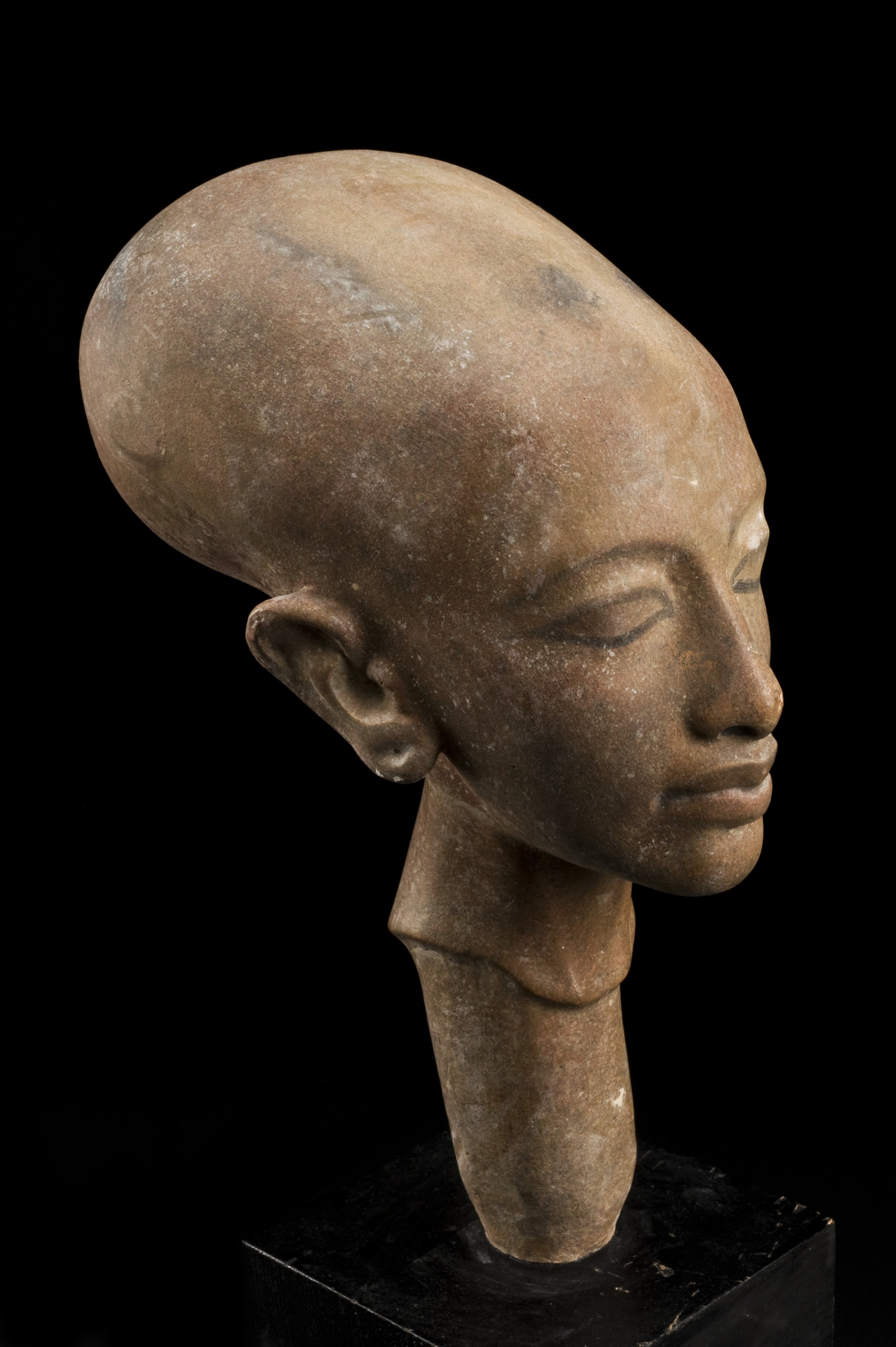
Akhenaton (Amenhotep IV) was an Egyptian pharaoh who ruled from 1367 BCE to 1350 BCE. This statue shows one of his daughters with an elongated skull. It is thought that both the pharaoh and his daughters had this condition. – Wikipedia
In America, cranial deformation existed among the Maya of Mesoamerica, and native peoples of the United States.
In the Old World, the Alans of the highlands of Iran, the Huns and some Germanic tribes also adopted this custom. In the late 19th century, the German geographer and ethnologist Friedrich Ratzel (1844-1904) reported cranial deformations in native populations of Tahiti, Samoa and Hawaii. The practice has persisted until our times among the Mangbetu of the Democratic Republic of Congo and the Vanuatu of Melanesia (northwest Australia). [1]

Portrait of Alchon Hun king Khingila, from his coinage, c. 450 CE.
WHAT DOES SCIENTIFIC THEORY PREACH?
Great scientific advances were made and some discoveries were made in the 20th century showing that elongated skulls are the product of early human intervention to shape the newborn’s skull using continuous pressure and traction. This traction can be done through very tight bands or equipment, especially when the skull is still growing into a softer form.
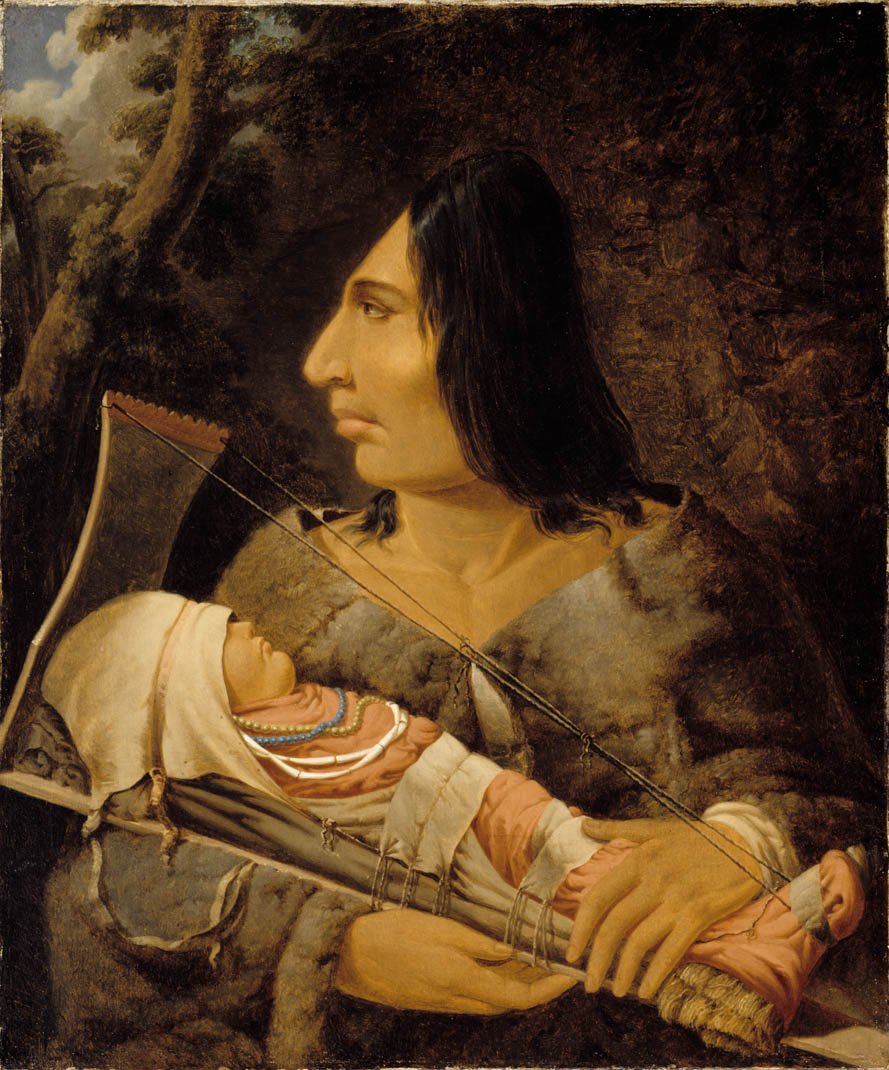
Painting by Paul Kane, showing a Chinookan child in the process of having its head flattened, and an adult after the process – Wikipedia
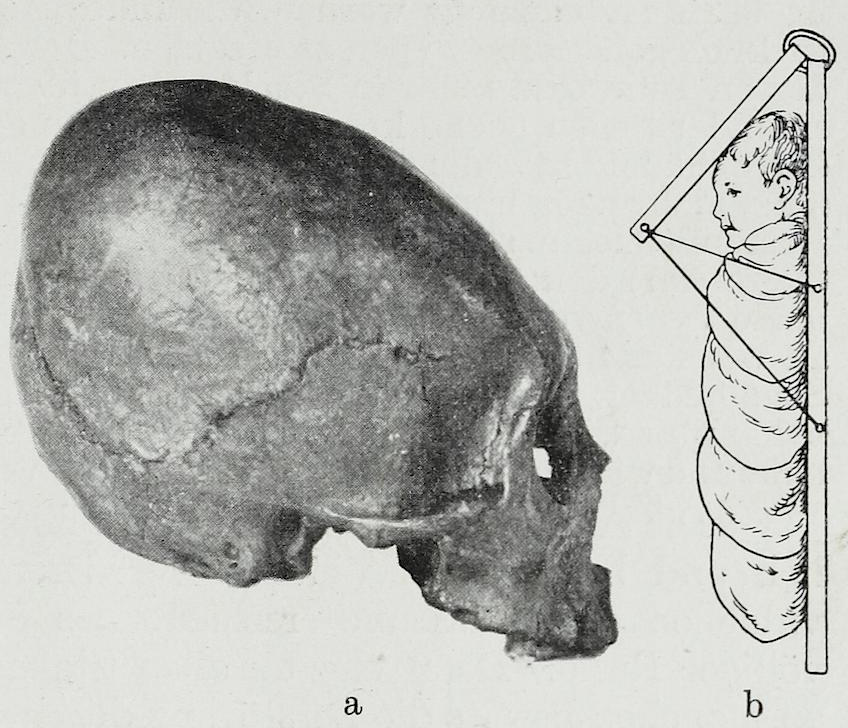
An anatomical illustration from the 1921 German edition of Anatomie des Menschen: ein Lehrbuch für Studierende und Ärzte with Latin terminology – Wikipedia

